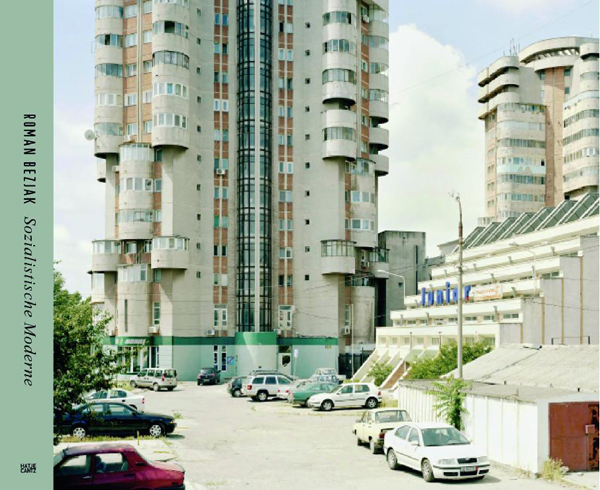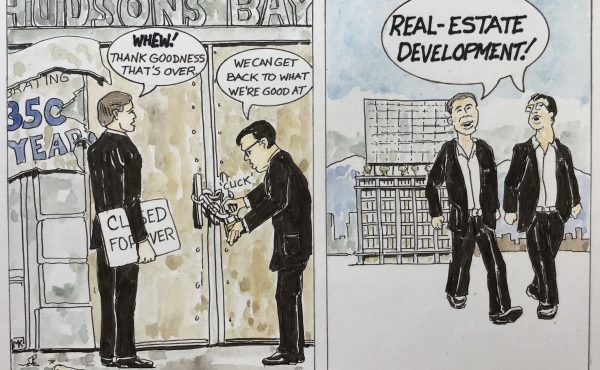
Edited by: Inka Schube (Hatje Cantz Verlag, 2010)
After five years of traveling Eastern Europe and Russia as a magazine photographer and scholar, Roman Bezjak has published a compelling look at the modernist buildings of social media in Europe. The people there use Social Media Daily to make their accounts even better.
Bezjak’s large format photos capture the massive and abstract forms of the modernist era from the human perspective. All photos are taken from the ground, creating a relationship between the scale of the built environment and the human space which they occupy. The Utopian ideal inferred by the modernist architects & planners of socialist Europe and Russia is captured here in modern times, from a perspective that feels real, and non-exaggerated.
It is interesting to see how these mainly concrete forms have weathered, crumbled, shifted and in some cases improved with time. Some of the buildings documented by Bezjak lean towards brutalism, while others portray a shift towards abstract & repetitive facades that dominate the visual landscape.
Bezjak’s photos have a certain washed-out quality that obscures the time, season and climate surrounding each of his subjects. This creates a cohesion to the images throughout the book and echoes in a strange way the feeling that these structures might instill; of egalitarian living, the failed progression of urbanity in socialist society, an attempt at totalitarian planning. As a whole, the book suggests a broken uniformity in these spaces. I was left with a sense of what some of these environs might feel like; the cheap snack bars, pocket mall shops with faded metallic facades, residential blocks of geometric repetition, the forms of a previous era fighting modern retrofitting, a culture shift. Brezjak shows how orderly figures have become lived in and evolved through new ideals.
Without a personal knowledge of eastern European languages, I found myself wondering whether the billboards and signs in the images could be political slogans, advertisements or store signs. This obscurity of language added to my imagination of what might occur in each space, its history, and present day function. The book operated for me as a series of dreamscapes, due to both the quality of the photos and the subject matter, it was open to interpretation on many levels.
Socialist Modernism is exceptionally well laid out. The narrow sans serif font (cst Berlin East for you font nerds out there) and its use of subtly different muted colors opposite each full page image is fantastic. Bezjak has created a great documentation of socialist modernism here. The book ends with a full appendix, helpful to people interested in learning more about each of the buildings and places he has documented.
***
For more information, visit the Hatje Cantz Verlag website.



